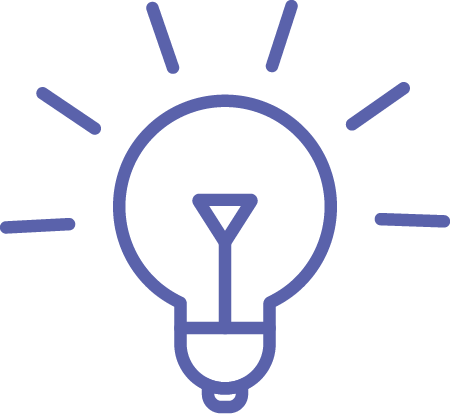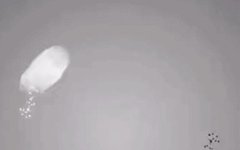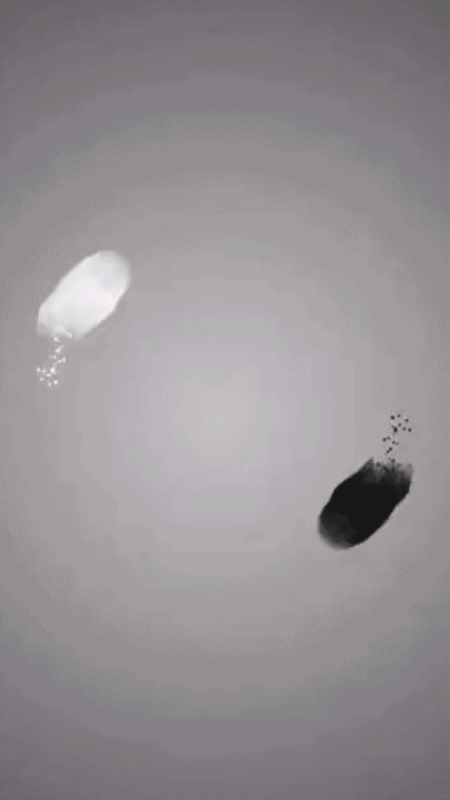
December 17, 2020
Taijiquan was selected by UNESCO
as an Intangible Cultural Heritage
It is the only
Intangible Cultural Heritage of Humanity
in the category of traditional martial arts in China
01

Overview of Taijiquan

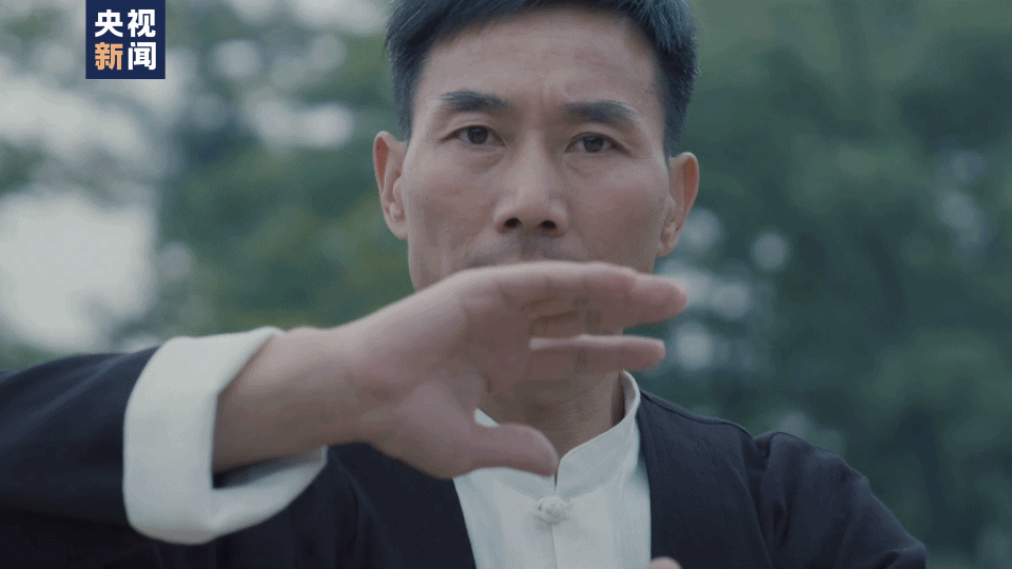
Taijiquan is based on the core philosophical concepts of Taiji (Supreme Ultimate), Yin and Yang, and dialectical thinking from traditional Chinese Confucian and Daoist philosophies. It integrates various functions such as nurturing temperament, strengthening the body, and combat techniques, combining the changes of Yin-Yang and the Five Elements from Yixue (the study of changes), Chinese meridian theory, ancient guiding techniques, and breathing exercises to form a traditional Chinese martial art that emphasizes both internal and external cultivation, characterized by softness, slowness, lightness, and a balance of hardness and softness.
02

Origin of Taijiquan


Over 300 years ago, Chen Wangting from Chenjiagou, Henan, based on his family’s martial arts, absorbed the strengths of various martial arts, and integrated the thoughts of Yixue and Traditional Chinese Medicine to create a new martial art characterized by the interplay of Yin and Yang, the balance of hardness and softness, and the cultivation of both internal and external aspects, naming it Taijiquan.
Since then, Taijiquan has been passed down through generations in Chenjiagou, and began to spread outside starting from the 14th generation master Chen Changxing, gradually giving rise to various styles such as Yang, Wu, He, and Sun.
Current research suggests that the creation of Taijiquan is closely related to the changes of the times: as firearms became more widely used on the battlefield, martial arts gradually withdrew from combat. When people no longer rushed to learn deadly skills for self-defense but instead sought to develop defensive skills without harming themselves, the creation of Taijiquan became inevitable.
03

Characteristics of Taijiquan

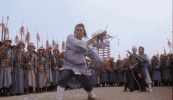
The China Intangible Cultural Heritage Network summarizes its characteristics as “the postures are expansive, the structure is rigorous, transitioning from softness to firmness, accumulating softness to achieve firmness, a balance of hardness and softness, prominent body movements, with a focus on the waist as the axis, moving in harmony, combining internal and external, maintaining a centered and relaxed posture, and being light and natural, agile yet stable.”
04

Cultural Connotation of Taijiquan

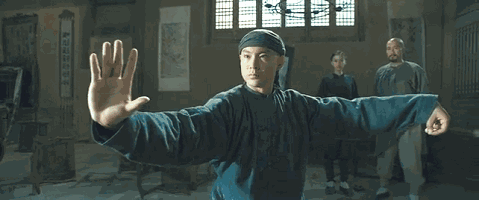
Taijiquan embodies the essence of Daoism, Confucianism, Medicine, and Martial Arts, representing a cultural crystallization of the Chinese nation. It is not merely a martial art but a form of culture.
Taijiquan is based on the principle of moderation and the concept of non-action, integrating Confucian ideals of benevolence and righteousness, Daoist principles of following nature, and Buddhist notions of compassion, along with the Yin-Yang theory from the Book of Changes, the Taiji theory, Daoist guiding and breathing techniques, the meridian theory of Traditional Chinese Medicine, the strategies from The Art of War, and the scientific theories of traditional aesthetics, reflecting humanity’s understanding of the universe and the laws of human movement, showcasing the extraordinary creativity of the Chinese nation, and carrying rich traditional Chinese culture.
05

The Health Benefits of Taijiquan

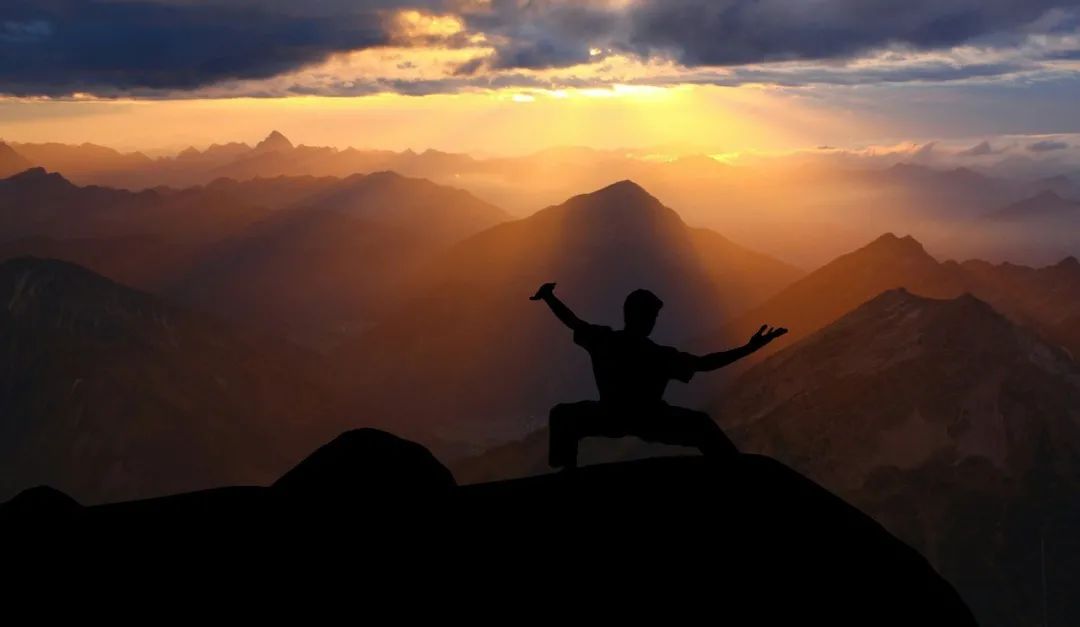
Taijiquan has unique training methods, summarized as “training the mind, training the breath, and training the body”, achieving a balance of internal and external cultivation. This enhances physical fitness, boosts immunity, and aims to prevent and treat diseases while promoting health and self-defense.
Tips: Scientific studies from both Eastern and Western perspectives have confirmed that long-term practice of Taijiquan can have therapeutic effects on various chronic diseases such as neurasthenia, hypertension, heart disease, dyspepsia, rheumatoid arthritis, and diabetes.
1. Training the Mind
Taijiquan requires focused attention, complete concentration, and the mind guiding the body, harmonizing the internal and external aspects, which positively regulates and trains brain function.
Taijiquan’s principle of “using stillness to control movement, even in motion there is stillness” combines movement and stillness, effectively alleviating symptoms of neurasthenia, insomnia, and dizziness caused by excessive brain activity.
Relaxation of the brain also helps in lowering blood pressure and alleviating arterial wall hardening, which is particularly beneficial for hypertensive patients.
2. Training the Breath
Traditional Chinese Medicine states: “When Qi flows, blood flows; when Qi stagnates, blood clots.”
Practicing Taijiquan involves breathing deeply while the body is relaxed, allowing Qi to sink to the Dan Tian (Elixir Field) and circulate throughout the body.
Through the movement of Qi, the capillaries open, blood circulation accelerates, which can reduce the burden on the heart and is extremely beneficial for the prevention and treatment of heart disease and cerebrovascular diseases.
Deepening the breath also promotes movement in the chest and abdomen, providing a “massage” effect on the internal organs, which can effectively treat conditions such as dyspepsia, diabetes, and incontinence.
Long, deep breaths can also expel toxins from the body, increase oxygen intake, and improve lung ventilation efficiency, which is beneficial for lung diseases.
3. Training the Body
-
Body Posture: Taijiquan requires the upper body to be upright, maintaining a straight line from top to bottom, which effectively corrects posture.
-
Waist: Taijiquan exercises strengthen kidney function and are particularly effective in preventing and treating back pain.
-
Eye Coordination: During practice, the eyes follow the hand movements, exercising the eye muscles and helping to improve and enhance vision.
-
Joints and Ligaments: Full-body movement engages all joints, enhancing their function and preventing degeneration.
-
Muscles: Long-term practice of Taijiquan strengthens muscles, preventing issues such as abdominal obesity and difficulty walking.
-
Legs and Feet: Taijiquan emphasizes the transition between solid and empty stances. Whether in the upper limbs, lower limbs, torso, or internal organs, there is always a balance of solid and empty. For example, when weight is on the left leg, it is solid, and the right leg is empty, and vice versa. Regular practice of grounding the feet and alternating tension and relaxation can strengthen the muscles and ligaments of the feet. Over time, this not only corrects flat feet but also enhances the elasticity of the arches, leading to agile and light steps.
It is undoubtedly true that Taijiquan can promote health and treat diseases, but persistence is key. As long as one persists, they can achieve the goal of being free from ailments, full of vitality, and physically robust.
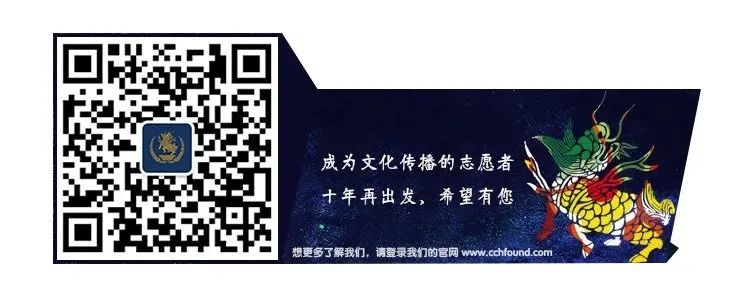
Share and Like! Spread the spirit of the little light bulb!
